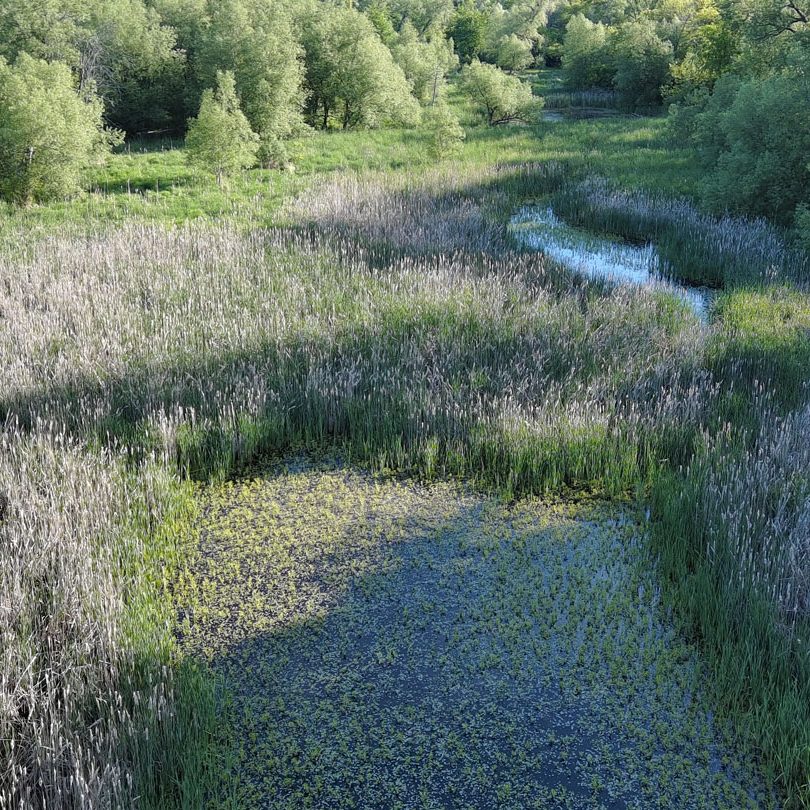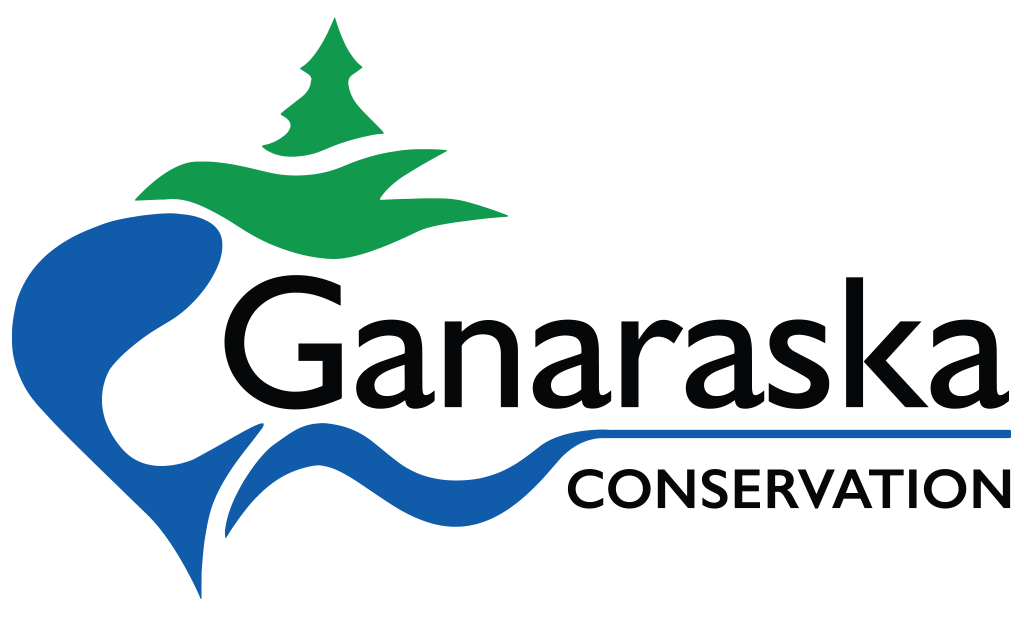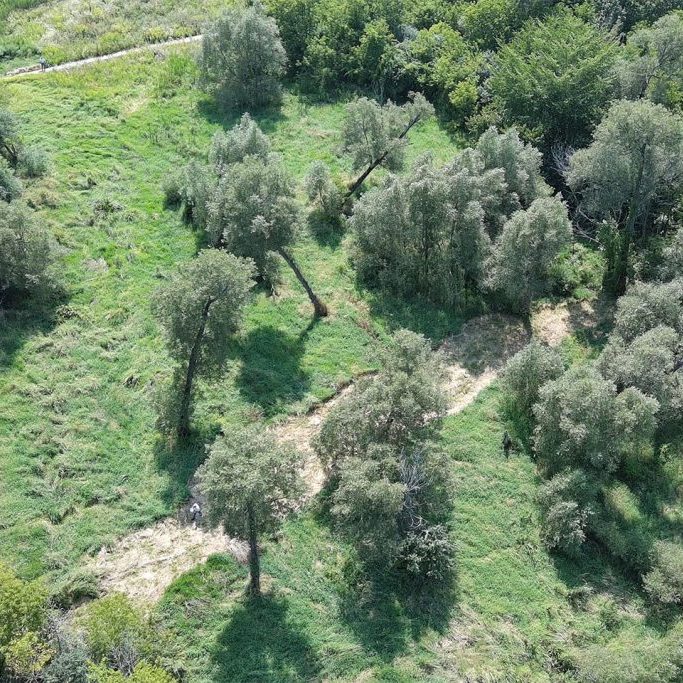
Help Protect People & Properties
The Ganaraska Region Conservation Authority (GRCA) welcomes your feedback on the Watershed-Based Resource Management Strategy (WBRMS).
The GRCA is seeking user input on the draft strategy and values the feedback of our communities.
The Watershed-Based Resource Management Strategy (WBRMS) will be reviewed and updated internally by GRCA staff on a regular basis so that it remains a current working document for staff.
While the survey closed on November 18, 2024, the GRCA welcomes any input and feedback from the community.
Written comments can be submitted to info@grca.on.ca.

